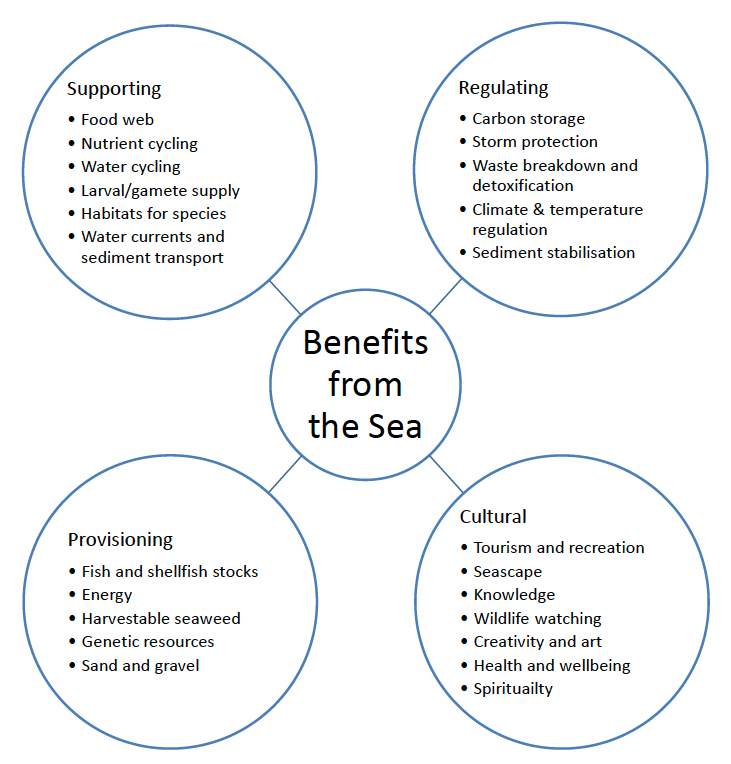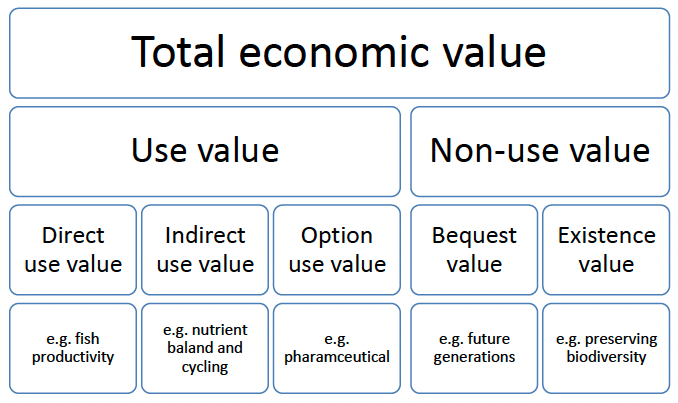Marine Protected Areas in inshore waters: guidance for undertaking Socio-Economic Impact Assessments (SEIA)
Guidance for assessing social and economic impacts from policies and decisions relating to Marine Protected Areas.
Section 2. How to use this guidance
Step-by-step guidance
This guidance sets out Marine Scotland's recommendations for carrying out Socio-economic Impact Assessment for Marine Protected Areas. The guidance is not intended to be prescriptive in relation to the methods, data or specific impacts to be included. This means that the SEIA approach can be tailored to the context in which it is being done.
The guidance will be used by Marine Scotland when developing and evaluating tenders for producing the SEIAs for MPAs. The guidance will also help contractors to understand what is required of them when producing the SEIA. The successful contractor will be able to draw on the guidance, as well as advice from Marine Scotland analysts when producing the SEIA. This process ensures that the data and methods used are appropriate for the specific context, and that they are up to date.
The guidance is presented in 10 key steps. The tasks that need to be done at each step are briefly described, together with some key considerations, and links are provided to other methodological sources that the user may find useful. Although the steps are set out chronologically, it should be noted that SEIA is an iterative process, the findings at each stage are likely to inform each other, and some re-assessment may be needed. It might also be necessary to repeat some activities at different times in order to develop the most accurate picture.
The requirements for social and economic impacts differ at certain points. Where it is expected that a specific economic or social methodological approach is needed, this is highlighted. If a distinction is not made explicit the reader should assume the guidance is the same for both social and economic impacts.
Step 1. Description of proposals
Step 2. Define impact area
Step 3. Stakeholder mapping
Step 4. Engage with stakeholders
Step 5. Gather contextual information
Step 6. Scoping
Step 7. Baseline analysis
Step 8. Predict impacts
Step 9. Management and monitoring
Step 10. Complete SEIA
Combining the social and economic elements
Socio-economic impact assessment gives consideration to a wide range of impacts on people, communities and society. The boundary between what is economic and what is social is not always clear, and there is some degree of overlap and interaction between them. An economic impact can also have social consequences and vice versa. A good SEIA will take this inter-relationship into consideration when assessing impacts, and when communicating them with stakeholders.
In this guidance we bring together the two practices (social and economic impact assessment) so that the full range of impacts affecting populations, their health, wellbeing and prosperity can be assessed at the relevant local, regional and national levels. Importantly, this allows for the links and interactions between the two assessments to be explored, highlighted and communicated.
For some initial steps of the assessment process, the economic and social assessments involve the same or similar processes e.g. describing the MPA and associated management measures, defining the impact area, and identifying stakeholders. The two assessments diverge in methods used at step 7 when baseline analysis and impact prediction are to be conducted. Whilst there will be interaction between the two types of impact, it may be easier for results to be presented separately in the SEIA report.
We propose that the whole assessment will benefit from taking a participatory approach whilst also ensuring that specific methods from each discipline are used. It is important that stakeholders are engaged on the full content of the impact assessment covering both social and economic considerations.
Incorporating a natural capital approach into the assessment process
The natural capital approach is a concept that aims to better account for the contribution of the environment to economic and social outcomes. Natural capital refers to the stock of natural assets which directly or indirectly underpins value to people, including ecosystems, species, freshwater, soils, minerals, the air and oceans, as well as natural processes and functions[13]. Ecosystem services are the flows of benefits provided by natural capital assets that support economic activity and human well-being. Ecosystem services can come in the form of provisioning (e.g. fish capture), regulating (e.g. carbon sequestration), supporting (e.g. nutrient cycling) and cultural (e.g. tourism) services. The socio-economic value of a natural capital asset is derived from its ability to deliver ecosystem service flows both now and in the future.

The value of a natural capital asset can come in several forms and may be split by its use and non-use value. Use values include direct use value (e.g. food) and indirect use value (e.g. flood protection, air filtration)[14]. Option value is also considered to be a use value and relates to the value people place on having the option to use a natural capital asset in the future. Non-use values include bequest values (e.g. values attached to future generations) and existence values (e.g. value people place on knowing that something still exists).

The impact of proposals on natural capital and ecosystem services should be considered throughout the SEIA process.Changes in the extent and condition of natural capital assets will impact their ability to deliver ecosystem services, which provide benefits to economic activity and human well-being. As such, any impact on natural capital has implications for social and economic outcomes.
Natural capital is important at local, regional and national levels. For example, the marine environment may be important for a local community's sense of place, as well as supporting regional economic activity such as wildlife watching. At the national level, wider society may attach value in knowing that a natural asset still exists and express a willingness for it to be protected. Natural capital impacts should be considered across all of these levels.
It is recognised that scientific and valuation evidence gaps may limit the ability to perform a comprehensive quantitative natural capital assessment; however, effort should be made to incorporate the best available evidence that exists at the time of assessment, even if that is only qualitative or caveated with uncertainty. It also may not be possible to monetise certain natural capital impacts and if this is the case then a qualitative assessment should still be undertaken to ensure important non-quantifiable impacts are considered. If any aspect of the natural capital assessment is not possible, an explanation of why this is the case should be included. Further details on incorporating a natural capital approach into the assessment process are available in Annex 2.
Data collection and analysis
It is likely that a range of data sources and methods will be needed to accurately assess expected impacts relating to an MPA and its management measures. This is partly due to the different stakeholders and activities involved and the varying amount of data available for them. It may be that there is no data available regarding a particular marine activity, or it is not captured at a sufficient geographic scale for analysis at the localised level. In these cases it may be necessary to collect primary data i.e. through surveys or interviews. Equally the type of analysis that can be done, will depend on the type of data available. Annex 4 contains information about different data sources, and how they can be used, as well as links to guidance for data analysis methods. The decision on whether to collect additional data and how to undertake analysis will lie with the body undertaking the assessment (e.g. contractor or Scottish Government), taking account of proportionality and feasibility where required.
Contact
Email: marine_conservation@gov.scot
There is a problem
Thanks for your feedback